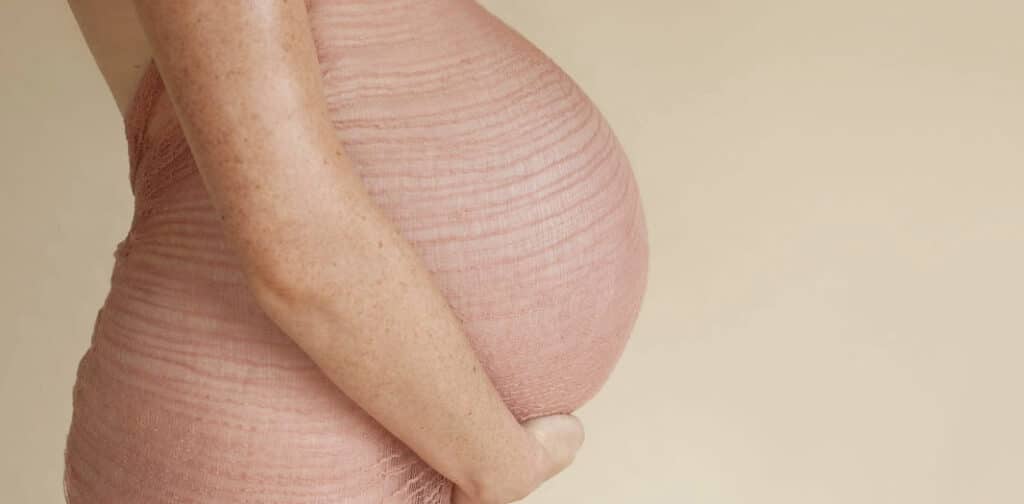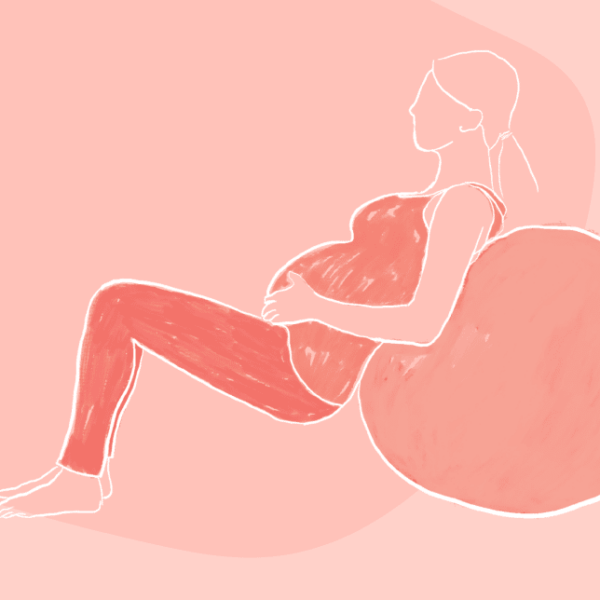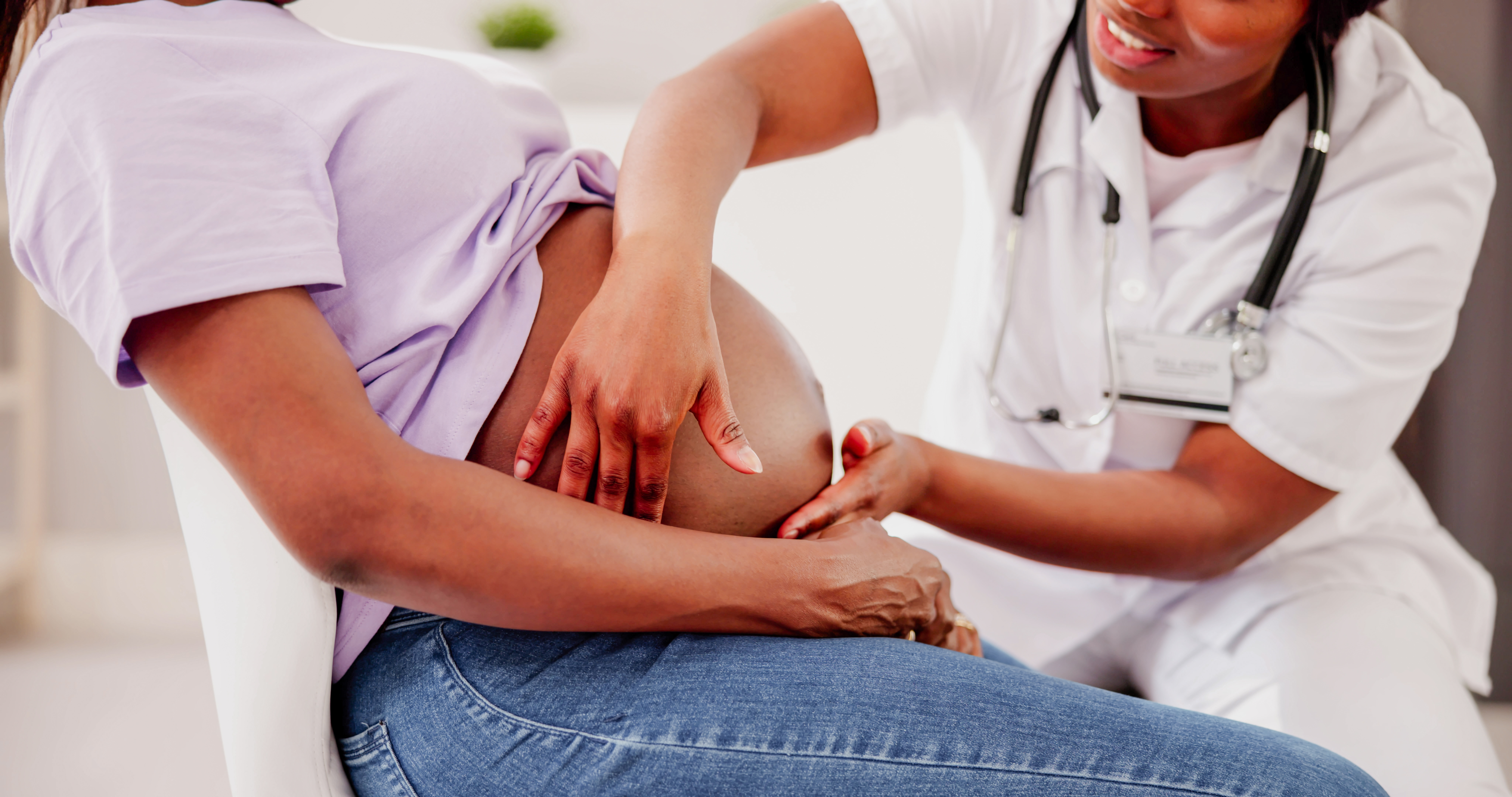Pregnancy Harnessing the Power of Acupressure: A Natural Approach to Preparing for Birth
Harnessing the Power of Acupressure: A Natural Approach to Preparing for Birth
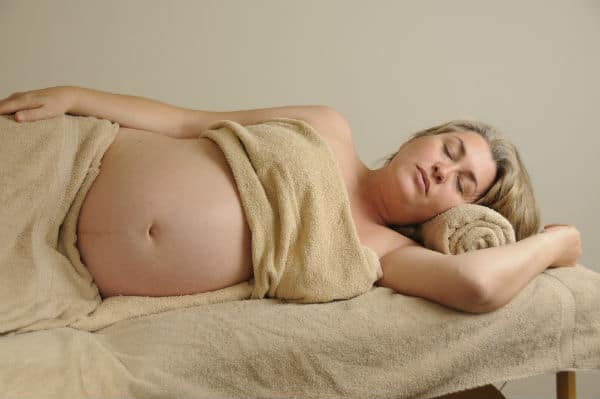
If you’re pregnant and seeking natural, effective ways to prepare for childbirth, then think about popping acupressure in your toolkit — it’s a time-tested practice rooted in Chinese medicine. This holistic approach is safe and effective and offers incredible benefits during pregnancy, labour and post-nataly, helping you to navigate the journey with more ease and confidence, ultimately leading to a more empowered birth.
This article is proudly sponsored by Red Tent Health Centre in partnership with Australian Birth Stories. You can reach out to Red Tent for direct support in your birth journey. Download their free
acupressure for birth and points guide HERE.
Since 2005, Red Tent’s founders, Rebecca and Naomi, have been dedicated to transforming the pregnancy journey for thousands of women. With a combined passion for holistic care, they have delivered over 18,000 acupuncture treatments, helping expectant mothers alleviate discomfort, prepare for childbirth, and experience a more empowered birth. Their expertise extends beyond treatment—they have trained midwives in acupressure on an international scale, with their acclaimed midwife acupressure courses officially accredited by the Australian College of Midwives.
What is Acupressure?
Acupressure involves applying gentle pressure to specific points on the body to stimulate energy flow, promote relaxation and alleviate discomfort. With a history spanning thousands of years, it’s a safe, non-invasive technique that helps align body with mind.
Chinese medicine views the body as having “meridians” – pathways through which energy (Qi) flows, and acupressure points are located along these meridians.
Benefits During Pregnancy, Labour, post surgery and postpartum
Acupressure can address common challenges including nausea and morning sickness, back pain and sciatica, anxiety and stress relief and sleep issues.
During labour, acupressure may help manage pain, encourage contractions and support a smoother delivery.
Post surgery it can help to reduce pain, encourage good sleep, improve circulation and reduce stress.
Postnatally it assists with reducing uterus pain, breastfeeding challenges, back pain and fatigue.
Taking a guided course or consulting a trained pracitioner can ensure you use proper techniques for maximum benefit. Each of the points has a “personality” and feels a certain way when pressed. Red Tent has put together a course for couples that is freely available on their homepage as well as a downloadable points guide HERE.
The Essentials
Here are some key pressure points to explore:
- Pericardium 6 (PC-6): Found on the inner wrist, this point alleviates nausea and calms anxiety. (Can be used at any time during pregnancy).
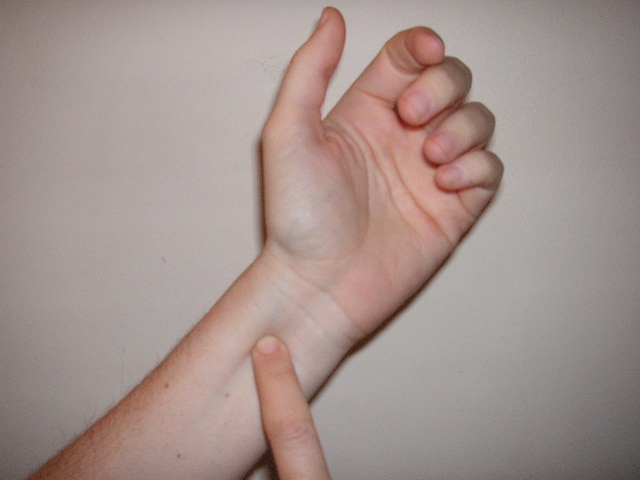
- Spleen 6 (SP-6): Located above the inner ankle, SP-6 supports relaxation and may help stimulate labor as it helps to ripen the cervix. Postnatally it helps to reduce the pain associated with the process of shrinking the uterus back to pre-pregnancy size. (Use from 37 weeks onwards).
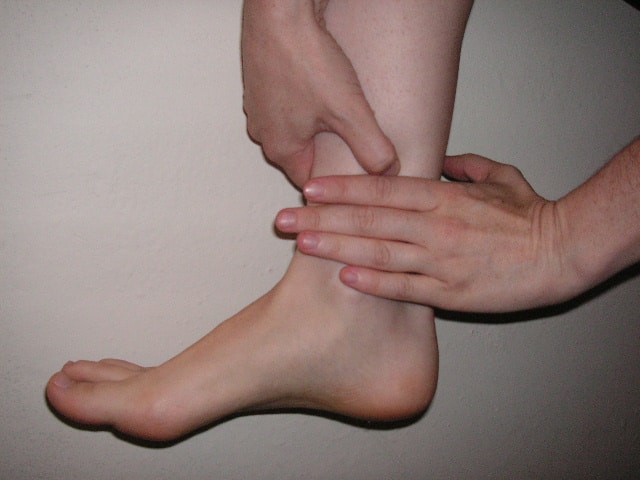
- Large Intestine 4 (LI-4): Situated between the thumb and index finger, LI-4 is often used to manage pain and promote contractions during labour. It can be used to take your mind away from any type of pain however so can come in handy (pardon the pun!) for many situations. (Use from 37 weeks onwards).
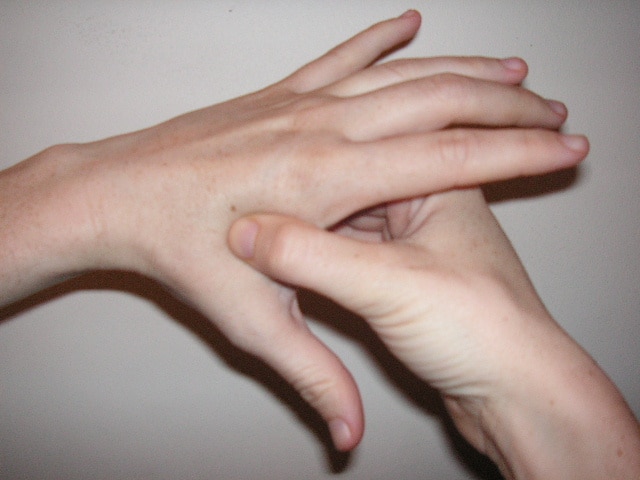
- Bladder 32 (BL-32): Found on the lower back over the second sacral foramen. These points help to reduce pain felt during labour when pushed as a contraction is in progress. (Use from 40 weeks onwards).
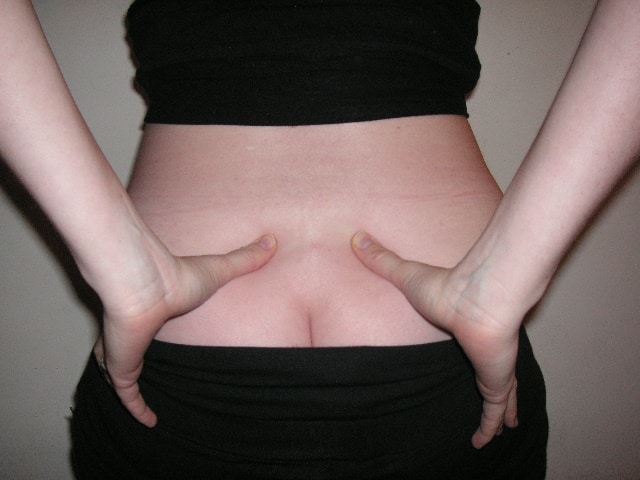
- Gall Bladder 21 (GB-21): This is found halfway between the top of your arm and the base of C-7. It’s the highest point on your shoulder. If you’re sitting down and someone can sink their elbow into this spot, it’s just beautiful. (Use from 37 weeks onwards).
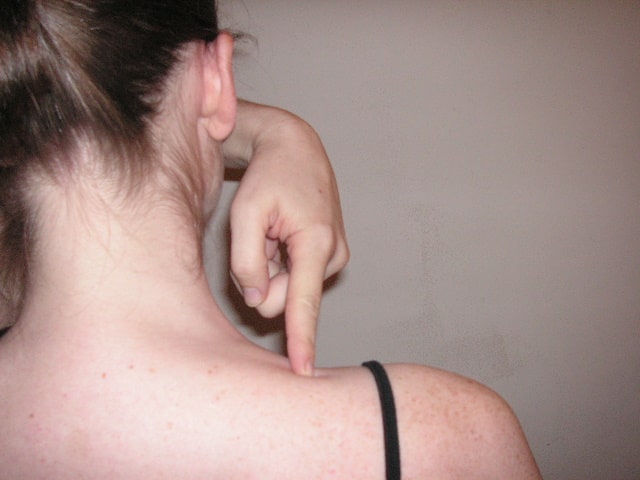
Evidence
Research supports acupressure’s effectiveness in reducing labour pain, shortening delivery times and enhancing maternal well-being. Many mothers report feeling more in control and less anxious when incorporating acupressure into their birth plan. See examples of research below*
Safety First
While acupressure is generally safe, it’s crucial to follow these guidelines:
- Avoid stimulating labour-specific points before 37 weeks of pregnancy.
- Work with a qualified practitioner to learn proper techniques.
- Consult your healthcare provider if you have a high-risk pregnancy or any concerns.
Hope, mother of two says:
“The acupressure helped with keeping me in my body. When birthing I found it was so important for me to surrender to the whole experience.
When my husband was using acupressure, it allowed me to feel connected to him, and trust in our partnership. I already felt like a team with my baby and trusted we knew what to do, so to bring in my husband was extra helpful.
He shared later how hard it can be for partners to watch their birth partners in pain, so it was great for him to be able to feel like he could assist with my pain relief.
My two births were truly the most empowering experiences of my life. I’m addicted to giving birth. We were filled with so much joy and happiness and I have never felt more powerful.”
Empower Your Birth Journey
Acupressure offers a natural way to enhance your pregnancy and prepare for childbirth. By integrating this ancient practice into your routine, you can enjoy a more comfortable pregnancy and a confident, supported birthing and postnatal experience.
If you’re keen for changes to be more deep-rooted, then consider acupuncture, as it has longer lasting benefits. It’s particularly useful in the lead up to birth to relax muscles and tendons, calm the mind and start to ripen and soften the cervix. It is also super helpful to improve energy, breastfeeding, sleep and to reduce pain in the postpartum period.
For more information on acupuncture see www.redtent.com.au
Article by Rebecca Mar Young
20 years in practice
AHPRA registered Acupuncturist and Chinese herbalist
BA (TCM) Health Science (UTS)
Senior member of Obstetrical Acupuncture Association
*Research:
Aksoy SD, Odabas RK, Gul DK. (2023). Acupressure application to relieve postpartum uterus pain during breastfeeding: A randomized controlled study. Explore (NY). 2023 Sep-Oct;19(5):710-717.
Odabas RK, Sökmen Y, Taspinar A. (2023). The effect of acupressure on postpartum fatigue in women delivering by caesarean section: A randomized controlled study. Explore (NY). 2023 May-Jun;19(3):293-299.
Miguel Ángel Carmona-Rodríguez, Salvador Martínez-Flores, Rubén Morilla-Romero-de-la-Osa, Manuel Luque-Oliveros (2023). Effects of Acupressure on Maternal and Neonatal Obstetric Outcomes during Labor: Study Protocol. Healthcare (Basel). 2023 Jul 24;11(14):2111
Solt Kirca A, Kanza Gul D.(2022). Effects of acupressure and shower applied in the delivery on the intensity of labor pain and postpartum comfort. European Journal of Obstetrics, Gynecology & Reproductive Biology. 2022 Jun;273:98-104.
Firoozeh Mirzaee, Fatemeh Esmaeilinejad Hasaroeih, Moghaddameh Mirzaee, Masumeh Ghazanfarpour, (2021). Comparing the effect of acupressure with or without ice in LI-4 point on labour pain and anxiety levels during labour: a randomised controlled trial. Journal Obstetrics and Gynaecology. 2021 Apr;41(3):395-400
Kristin L Atkins, Sarah Fogarty, Melissa L Feigel (2021). Acupressure and Acupuncture Use in the Peripartum Period. Clinical Obstetrics & Gynaecology. 2021 Sep 1;64(3):558-571
Hamideh Torkiyan, Sedigheh Sedigh Mobarakabadi, Reza Heshmat, Alireza Khajavi, Giti Ozgoli. (2021). The effect of GB21 acupressure on pain intensity in the first stage of labor in primiparous women: A randomized controlled trial. Complement Therapies Med. 2021 May:58:102683
Ayça Şolt Kirca, Derya Kanza Gül, (2021). Effects of self-acupressure on pregnancy-related constipation: A single-blind randomized controlled study. Explore (NY). 2021 Sep-Oct;17(5):463-468
Fatemeh Tara, Hamidreza Bahrami-Taghanaki, Masoud Amini Ghalandarabad, Ziba Zand-Kargar, Hamideh Azizi, Habibollah Esmaily, Hoda Azizi, (2020). The Effect of Acupressure on the Severity of Nausea, Vomiting, and Retching in Pregnant Women: A Randomized Controlled Trial. Complementary Medicine Research. 2020;27(4):252-259
Haj Najafi Raana, Xiao-Nong Fan, (2020). The effect of acupressure on pain reduction during first stage of labour: A systematic review and meta-analysis. Complementary Therapy Clinical Practice. 2020 May:39:101126
Ayça Solt Kirca, Derya Kanza Gul (2020). Effects of Acupressure Applied to P6 Point on Nausea Vomiting in Pregnancy: A Double-Blind Randomized Controlled. Altern Ther Health Med. 2020 Nov;26(6):12-17
Derya Kanza Gul, Ayça Solt Kirca (2020). Effects of Acupressure on Preoperative Acute Anxiety in Cesarean Section Under Spinal Anesthesia: A Double-Blind Randomized Controlled Study. Holistic Nursing Practise. 2020 Nov/Dec;34(6):356-364
Categories
Related Products
-
The Birth Class
108 reviews$249.00The empowering online childbirth education program that will help you confidently prepare for birth.
Get your copy of our Perineal Massage Guide in your inbox
Keep Reading
We think you might enjoy these articles
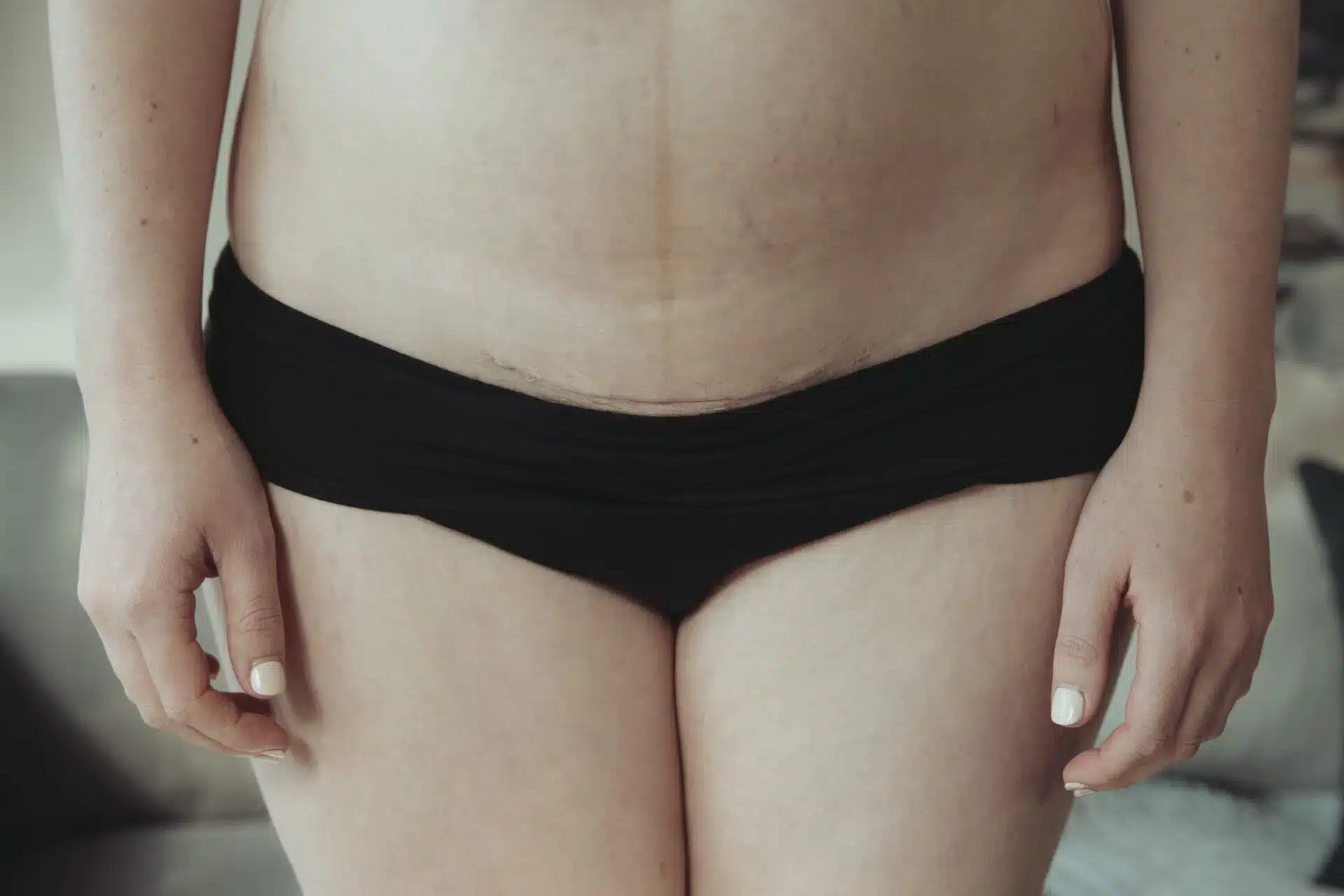
The Emergency C-Section Checklist You’ll Be Thankful You Had
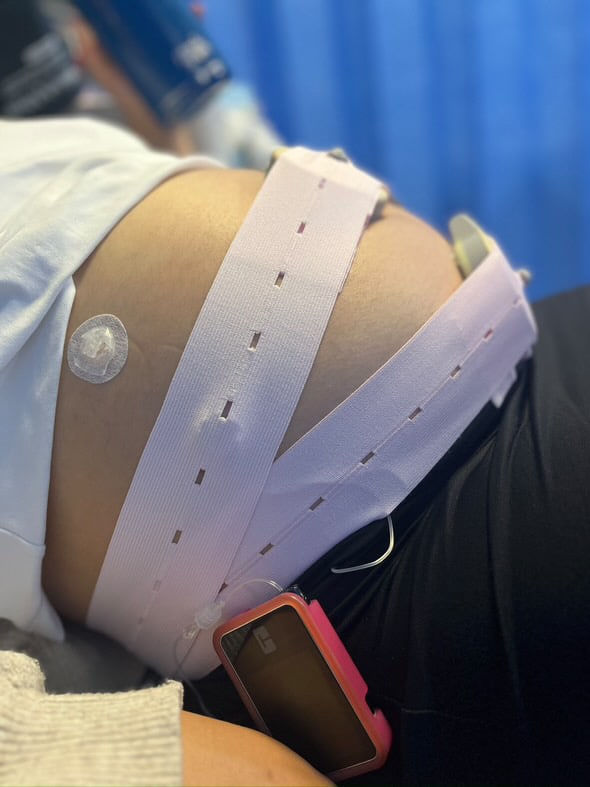
Pre-existing Diabetes and Pregnancy: What You Need to Know

Harnessing the Power of Acupressure: A Natural Approach to Preparing for Birth
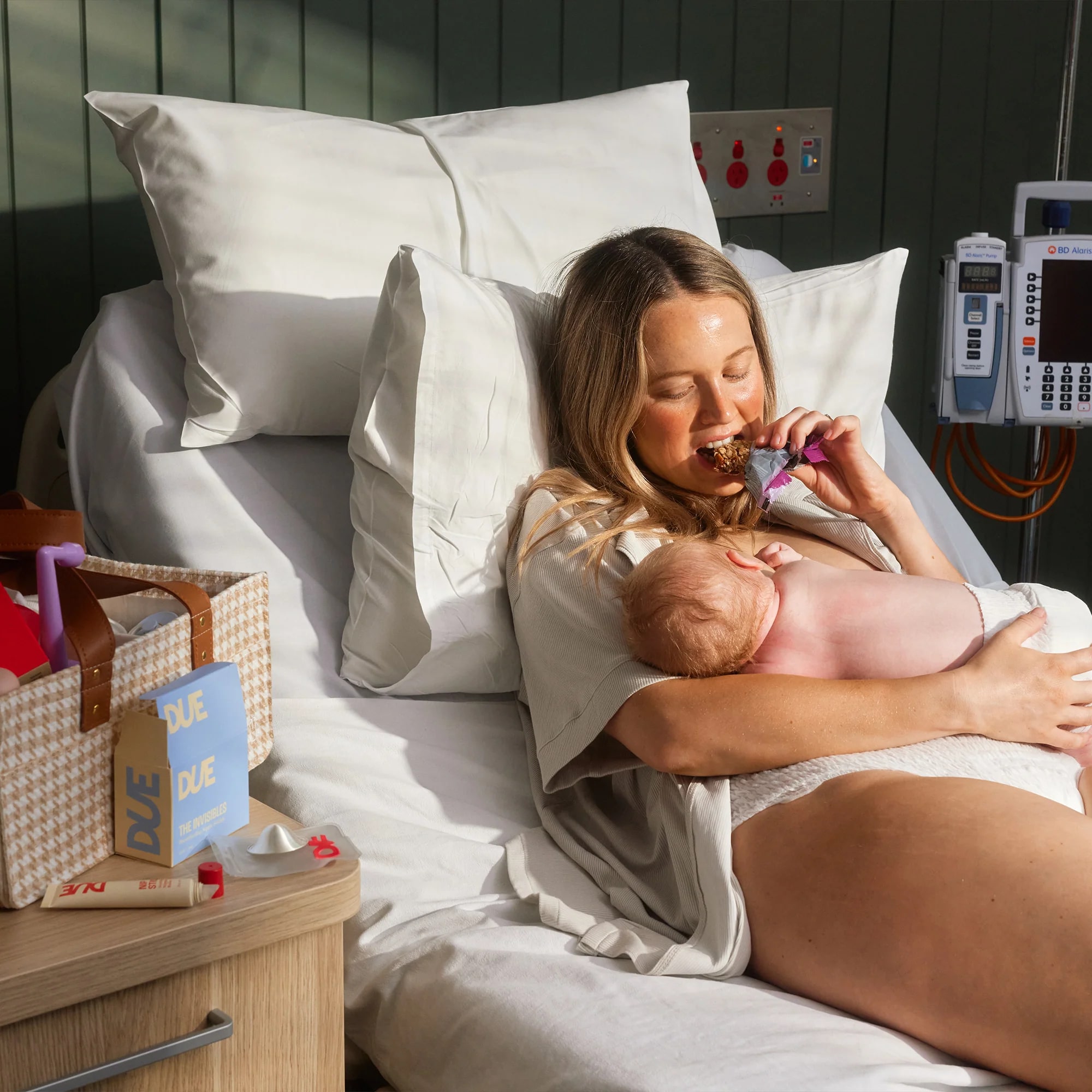
Thoughtful Christmas Gifts for your Pregnant Friend.
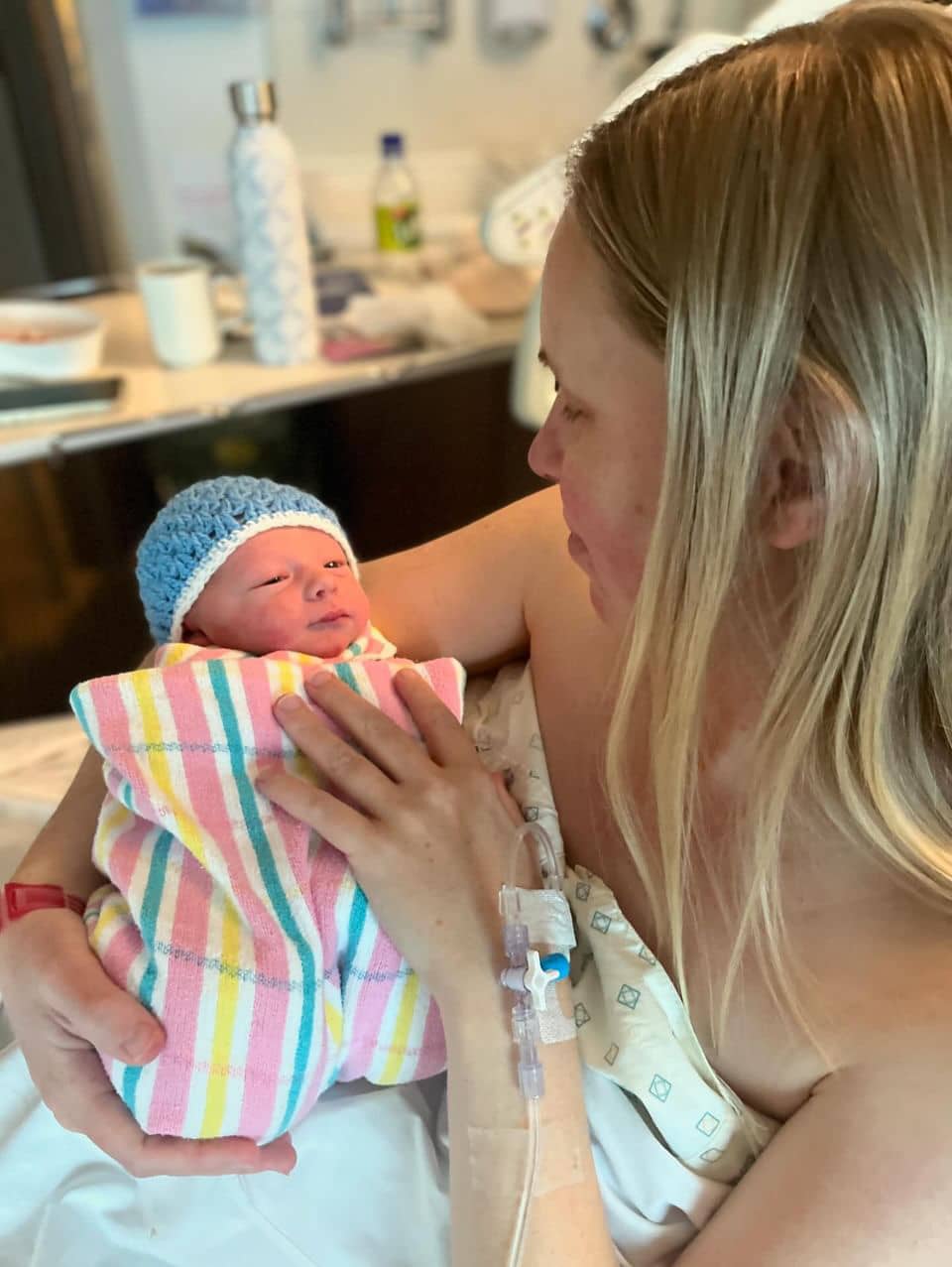
What is Pre-eclampsia?
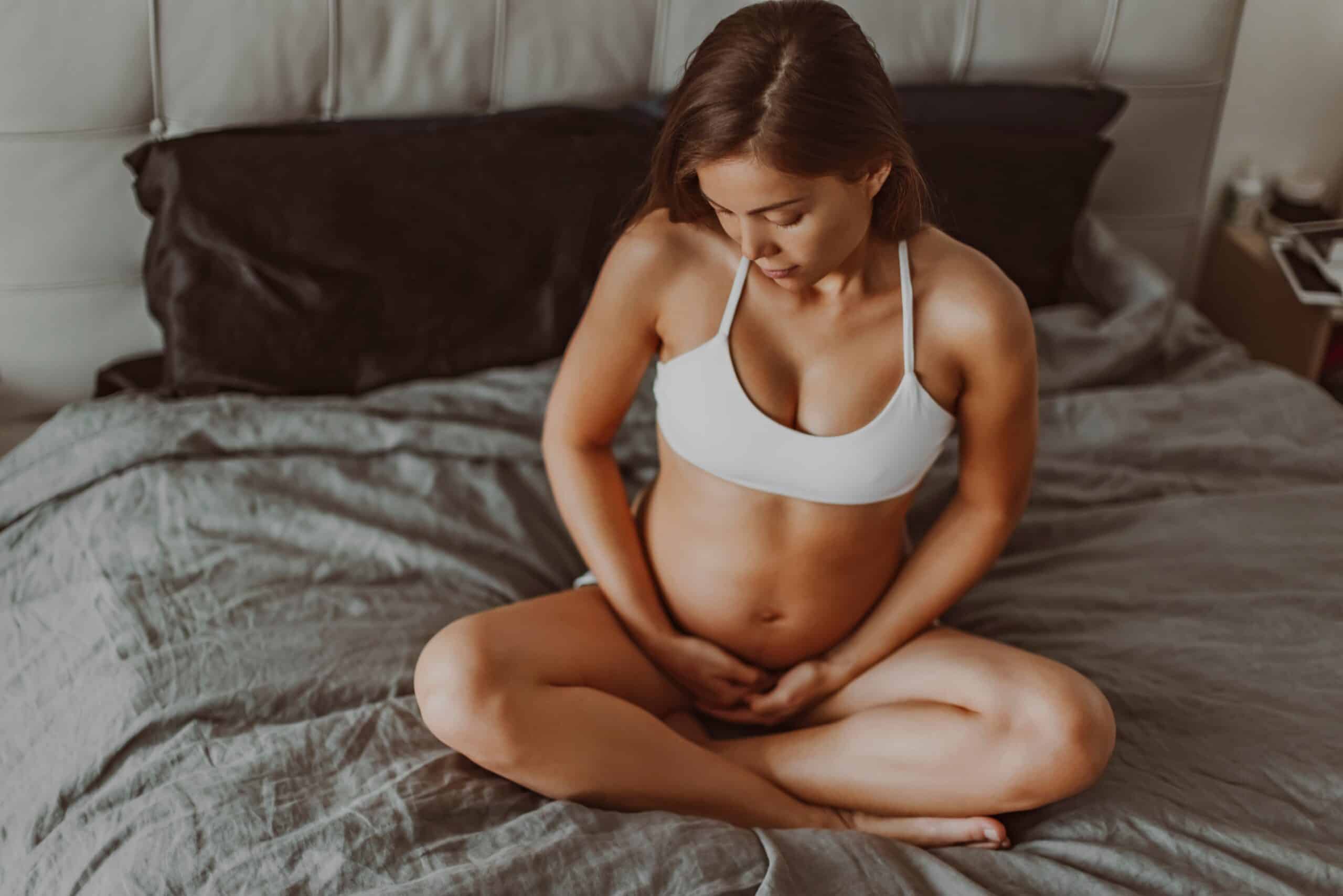
Non-invasive Prenatal Testing (NIPT)
@AustralianBirthStories
Follow along with us
@AustralianBirthStories
Follow along with us
@AustralianBirthStories
Follow along with us
@AustralianBirthStories
Follow along with us
@AustralianBirthStories
Follow along with us
@AustralianBirthStories
Follow along with us
@AustralianBirthStories
Follow along with us
@AustralianBirthStories
Follow along with us
@AustralianBirthStories
Follow along with us
@AustralianBirthStories
Follow along with us
@AustralianBirthStories
Follow along with us
@AustralianBirthStories
Follow along with us
